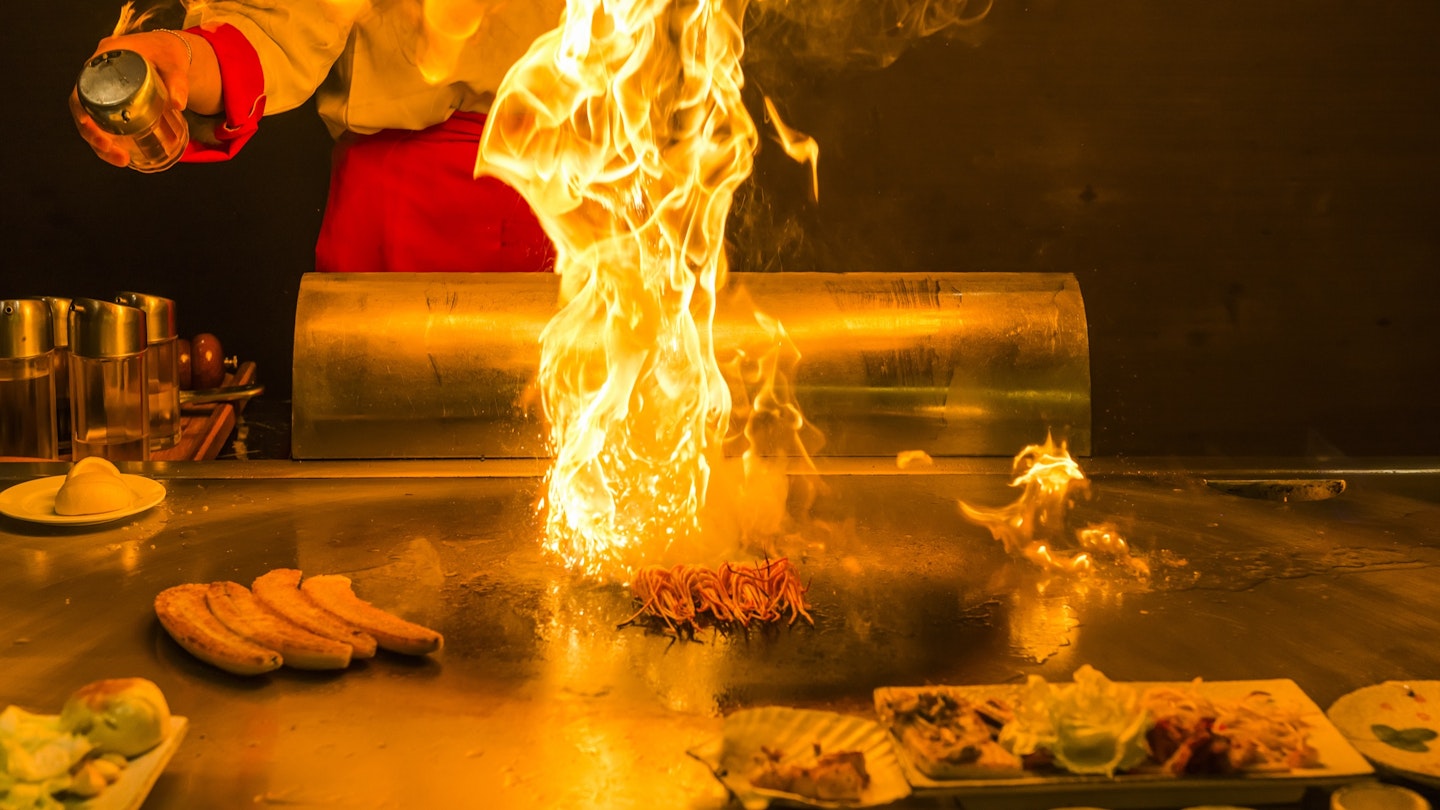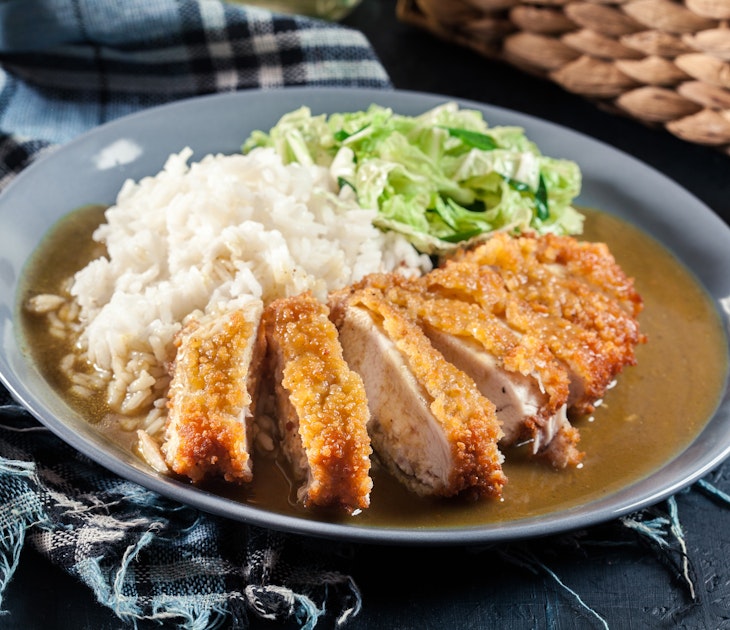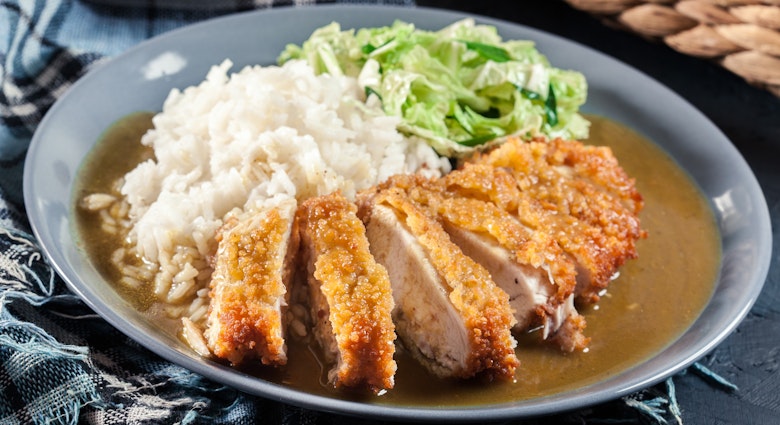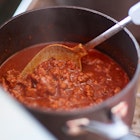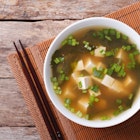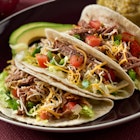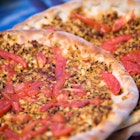While exploring the world in the 1830s, Charles Darwin and the crew of the H.M.S. Beagle didn’t always know where their next meal would come from. When heat transformed inedible ingredients into nutritious food, it led to Darwin’s proclamation that fire is “probably the greatest (discovery), excepting language, ever made by man.”
It’s no mistake Darwin’s fiery revelation came while he was traveling. Many of us learn about a new culture through its cuisine, and flavor memories can allow us to revisit favorite destinations from home.
Three seemingly different destinations — Japan, Kansas City and Lebanon — are known for very different cuisines, but their food has a common element: fire-powered flavor.

Pan-fried teppanyaki wows in Japan
Located in the Pacific Ocean’s Ring of Fire, Japan has a menu often associated with sashimi, or thinly-sliced raw fish. But fire braziers have also been used to grill heartier food in Japan for centuries.
The small charcoal grills many people think of when they hear the word “hibachi” are actually called shichirin in Japanese. They’re nothing like the large sheet-metal cooking surfaces found at many Western-style Japanese “hibachi” restaurants, where chefs make flaming onion volcanoes and flip a shrimp or egg into their hats, but many of the delicious dishes are the same.
More correctly called teppanyaki — teppan, which is a metal cooking plate, and yaki, which means grilled or pan-fried — this type of Japanese cuisine features beef, shrimp, scallops, lobster, chicken and a variety of vegetables that might include mushrooms, cabbage, carrots, peppers and squash. Everything is cooked in a light oil, often coconut, sunflower or canola, and simply seasoned. These grilled goodies are traditionally served with fried rice or perhaps yakisoba stir-fried noodles, and accompanied by flavorful dipping sauces featuring robust flavors of soy, sesame and ginger.
Don’t have a giant cooktop at your disposal? Go for one of Japan’s most famous street foods: yakitori. These scrumptious skewers of grilled chicken are easy to eat on the go. Another street food favorite is gyoza, the crispy pan-fried dumplings stuffed with savory pork or vegetable fillings. Itadakimasu!
Get the flavor: U:ME’s coconut oil blend spray is perfect for Japanese stir-fry at home. Its umami spice shot blend will help anyone recreate that Japanese oomph.

Centuries of cuisine culminates in Kansas City
Cooking with fire doesn’t always require a special container. In fact, primitive man grilled on the ground around 1.8 million years ago. The word “barbecue” comes from the Taino tribe of Caribbean Indians, who raised the fire off the ground onto a green-wood grate and called it barabicu, or “sacred fire pit.”
The history of barbecues in the United States dates to Colonial times, and rather than moving upward, Americans began digging deeper holes, which were known as barbecue pits. In the South, cooks dealt with tough cuts of meat by slow-roasting them to make them tender and juicy, turning them into delicacies.
When a Memphis pitmaster moved to the Midwest in 1908, it was the birth of Kansas City barbecue. Henry Perry’s slow-cooked ribs sold for 25 cents a slab, and during the jazz era of the 1920s and 1930s, they helped put the Heart of America on the map.
Of course, they didn’t just stop at ribs. The Kansas City masters also barbecue brisket, pork and chicken slathered with sauces made with peppers, chili powder, paprika and other spicy goodies simmered in oil and added to a ketchup, vinegar and molasses base, then tempered with sweet brown sugar. But the crown of Kansas City barbecue just might be the burnt ends. Rather than being inedible as the name might imply, the fatty tips of barbecued brisket absorb all of the flavor as the meat smokes for hours, becoming juicy and crispy as they cook. Dig in!
Get the flavor: Coming soon, U:ME’s fiery spice shot blend will be the perfect way to get that Kansas City burnt-ends flavor at home. Made with tomato, honey and spices with the added kick of fiery chilli, this upcoming simple oil blend is optimized for grilling, barbecuing or roasting.

The spit-roasted and zesty tang of Lebanon
Take the horizontal spit of a Kansas City barbecue pit, turn the fire on its side, and you’ll be on your way to roasting some Lebanese shawarma. Often made with lamb or chicken, you’ll also find mutton, beef, veal and turkey shawarma. Thin cuts of meat are stacked on a skewer approximately 20 in (60 cm) long, which rotates slowly past the heat, continuously roasting the outer edge. These cooked edges are sliced off with a long, thin knife, where they fall into the drippings for a second round of cooking that makes them even more succulent.
The vertical grilling technique originated in the Ottoman Empire in the 19th century, and it’s used not only for Lebanese shawarma but also for the doner kebab you find in Turkey and the gyros of Greece. And it was the foundation of tacos al pastor when Lebanese immigrants brought their cooking techniques to Mexico in the early 20th century.
Shawarma can be eaten as a sandwich or a wrap with olive oil or garlic sauce, pickled vegetables and fries for a quick lunch from a street vendor, or the meat can be served as a platter. The latter is accompanied by grilled pita bread and mezze, or small servings of a variety of salads, dips and cheeses.
Popular Lebanese mezze include silky smooth hummus swimming with olive oil, baba ghannouj made with grilled eggplant, slices of halloumi or feta cheese, creamy labneh yogurt spread, fresh tabbouleh salad made with finely chopped parsley and mint, and Lebanese pearl couscous with rich olive oil. If shawarma isn’t on the menu, then look for hot mezze like crunchy chickpea falafel fresh from the bubbling frier, fried kibbe, which are spiced meat croquettes, or kefta, the tasty meatballs often grilled on small skewers. Sahtayn!
Get the flavor: U:ME’s vegetable and olive oil blend spray makes it easy to get the robust flavors of Lebanon at home. Mix, stew or sizzle anything by using U:ME’s zesty spice shot, created with onion, garlic, pepper and the tangy zing of lemon.
